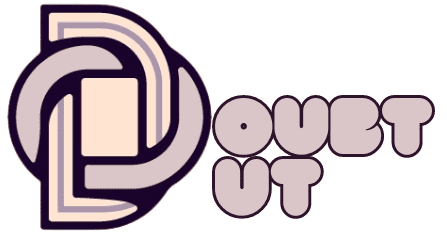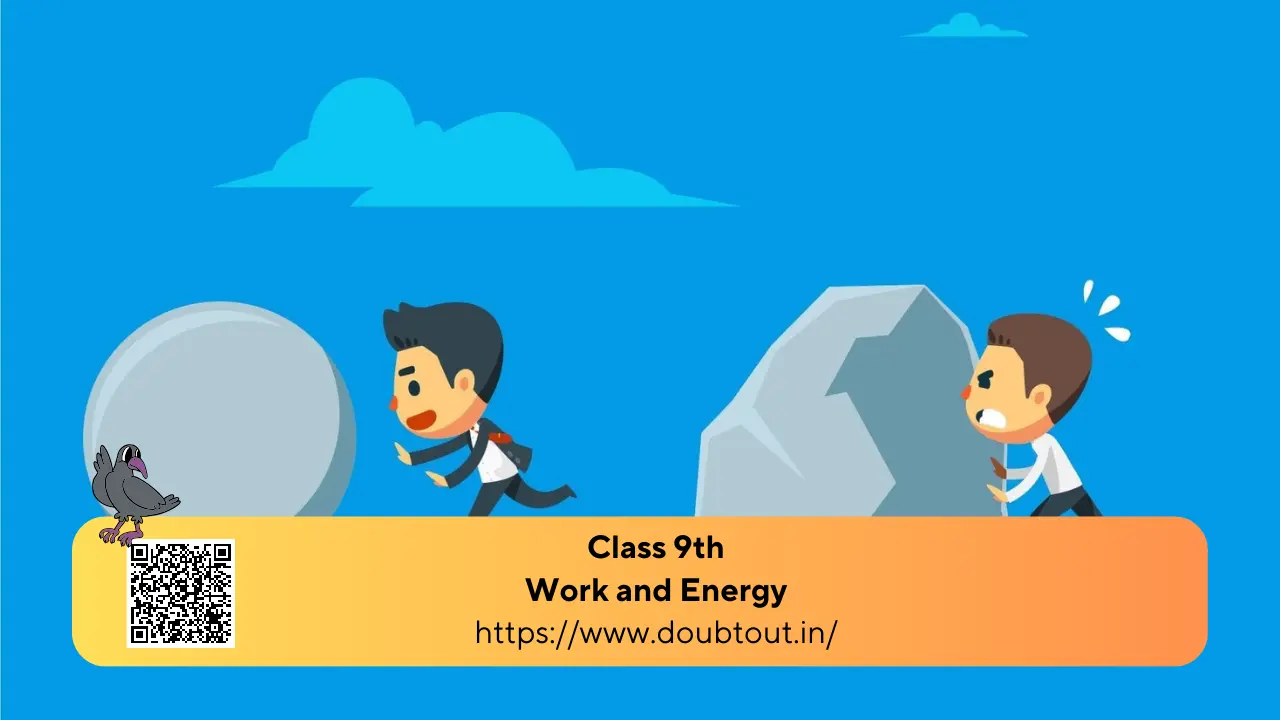In Chapter Excercise – 1 Q1. What do we get from cereals, pulses, fruits and vegetables? Ans: Cereals are the source of carbohydrates and are the main source of energy. Pulses provide protein for growth and development. Vegetables and fruits …
In Chapter Excercise–1 1. How does the sound produced by a vibrating object in a medium reach your ear? Solution: When an object vibrates, it necessitates the surrounding particles of the medium to vibrate. The particles that are adjacent to …
What you have learnt In chapter Exercise-1 1. A force of 7 N acts on an object. The displacement is, say 8 m, in the direction of the force. Let us take it that the force acts on the object …
NCERT Solutions for Class 9 Science Chapter 8: Force and Laws Of Motion (Uppdated Pattern) In chapter Exercise-1 1. State the universal law of gravitation. Solution: The universal law of gravitation states that every object in the universe attracts every …
In Chapter Excercise-1 1. Which of the following has more inertia: (a) a rubber ball and a stone of the same size? (b) a bicycle and a train? (c) a five-rupee coin and a one-rupee coin? Solution Since inertia is …
In Chapter Excercise-1 Solution Yes, an object which has moved through a distance can have zero displacement if it comes back to its initial position. Example: If a person jogs in a circular park which is circular and completes one …
In Chapter Exercise -1 1. What is a tissue? Solution: A tissue is defined as a cluster of cells, which are similar in structure and work together to perform a particular function. 2. What is the utility of tissues in …
What you have learnt In Chapter Exercise – 1 1. Who discovered cells, and how? Solution: In 1665, Robert Hooke discovered cells while examining a thin slice of cork through a self-designed microscope. He observed that the cork resembled the …
What you have learnt In Chapter Exercise-1 1. What are the canal rays? Solution: The radiations that are positively charged are canal rays. This discovery was crucial in the discovery of another subatomic particle that was positively charged – the …
What you have learnt In Chapter Exercise- 1 1. In a reaction, 5.3g of sodium carbonate reacted with 6 g of acetic acid. The products were 2.2 g of carbon dioxide, 0.9 g of water and 8.2 g of sodium …
What we have learnt In Lesson Exercise-1 1. What is meant by a substance? Solution: A substance is a pure single form of matter. It has definite properties and compositions. Example: Iron 2. List the points of difference between homogeneous …
Matter is an important concept in Science, and it forms the basis for topics that are taught in later classes. Learn more by referring to NCERT Solutions for Class 9 Science (Chemistry) Chapter 1 – Matter in Our Surroundings. Solutions are …
Coal is made up of the remains of dead plants and animals buried in the ground, exposed to high temperatures and pressure in the absence of air. Exercise Questions 1. What are the advantages of using CNG and LPG as …
The principle, when the light rays fall on a smooth surface, the angle of reflection is equal to the angle of incidence; also, the incident ray, the reflected ray, and the normal to the surface all lie in the same …
CBSE Class 8 Science Chapter 11 Some Natural Phenomena gives you knowledge of natural phenomena like lightning, earthquakes, etc. They shed light on the causes and effects of these natural phenomena. The students need to learn the safety measures to …
Exercise Questions 1. Fill in the blanks. (a) Most liquids that conduct electricity are solutions of ______________ and ______________. (b) The passage of an electric current through a solution causes ______________ effects. (c) If you pass current through copper sulphate …
















